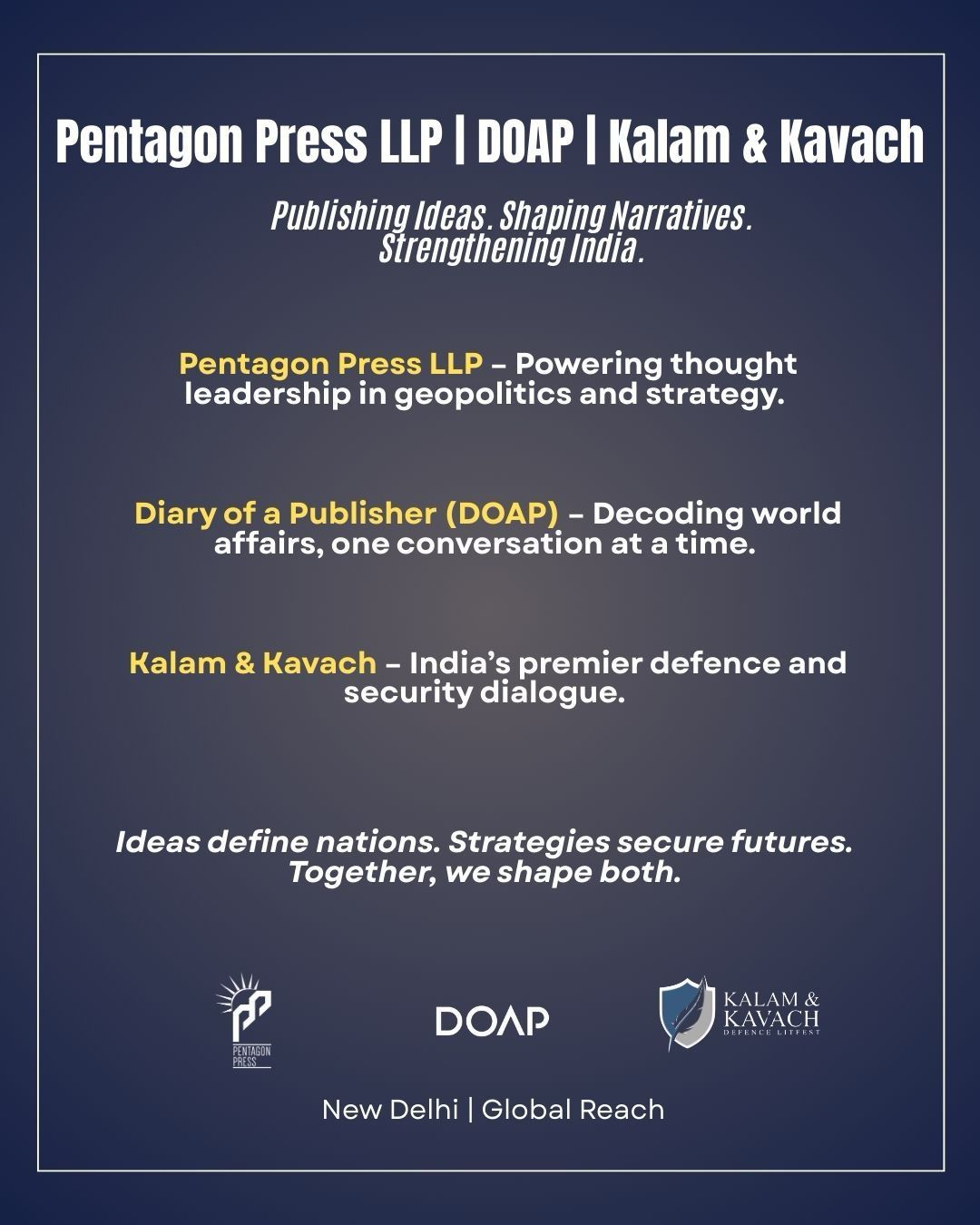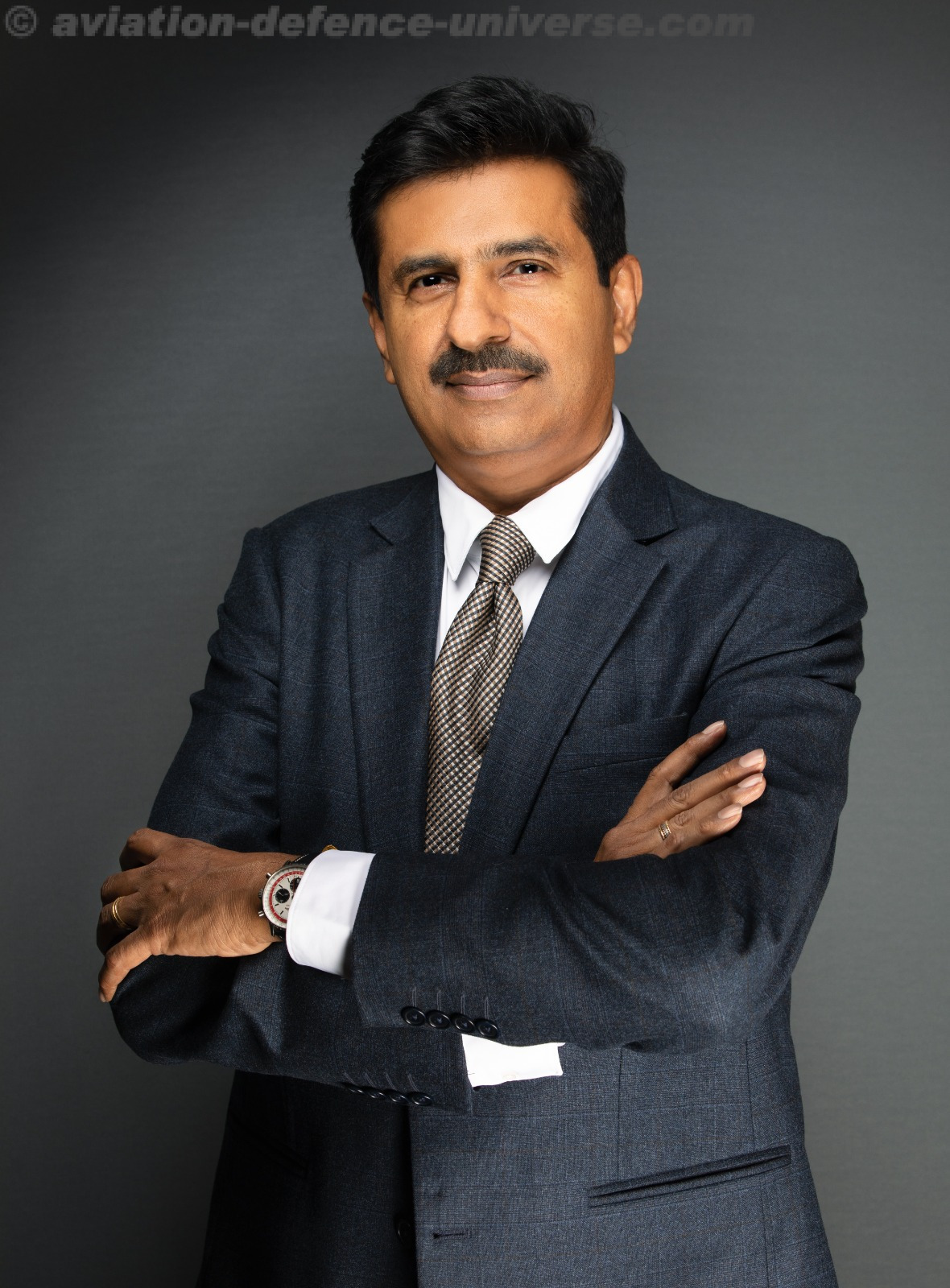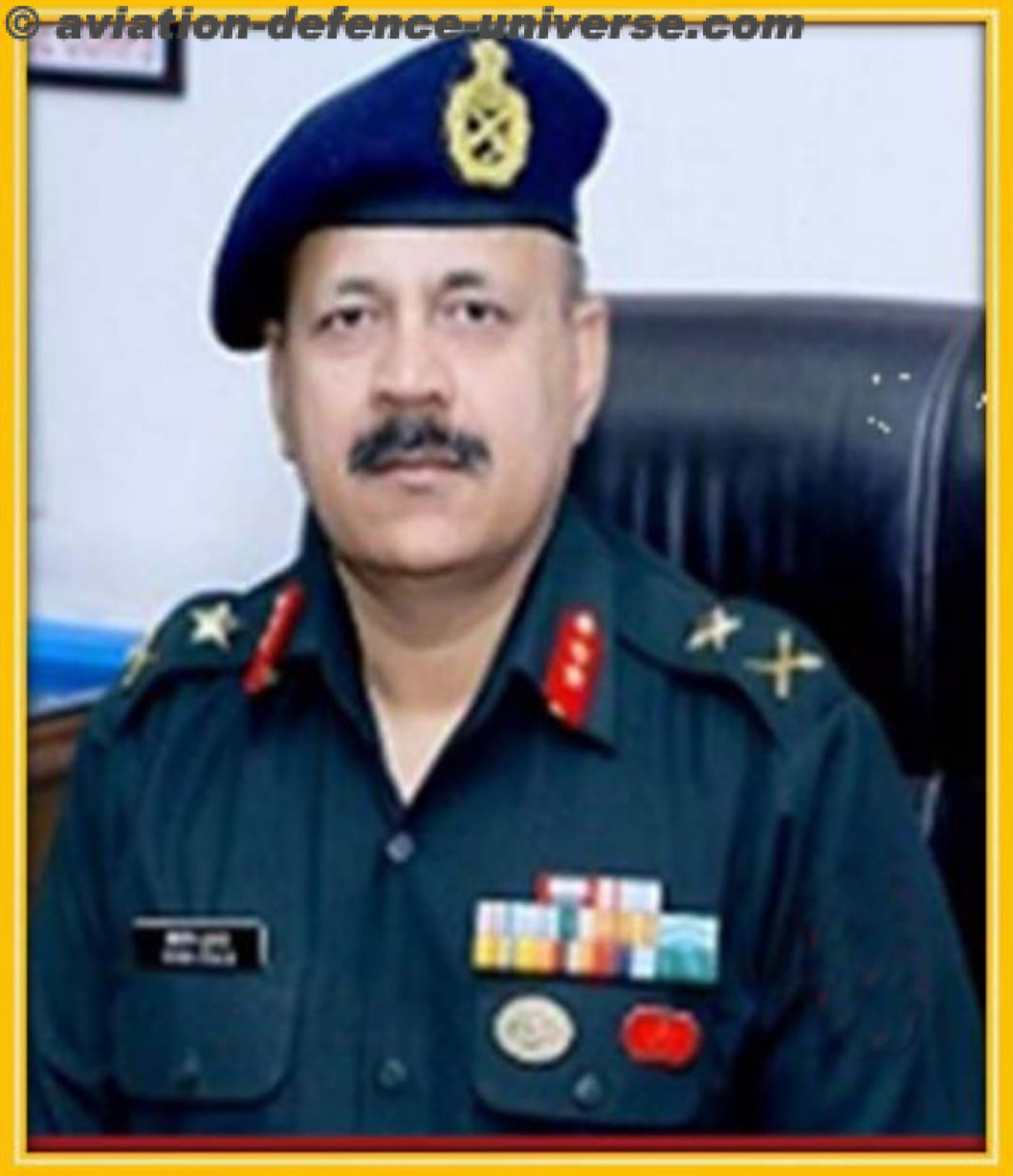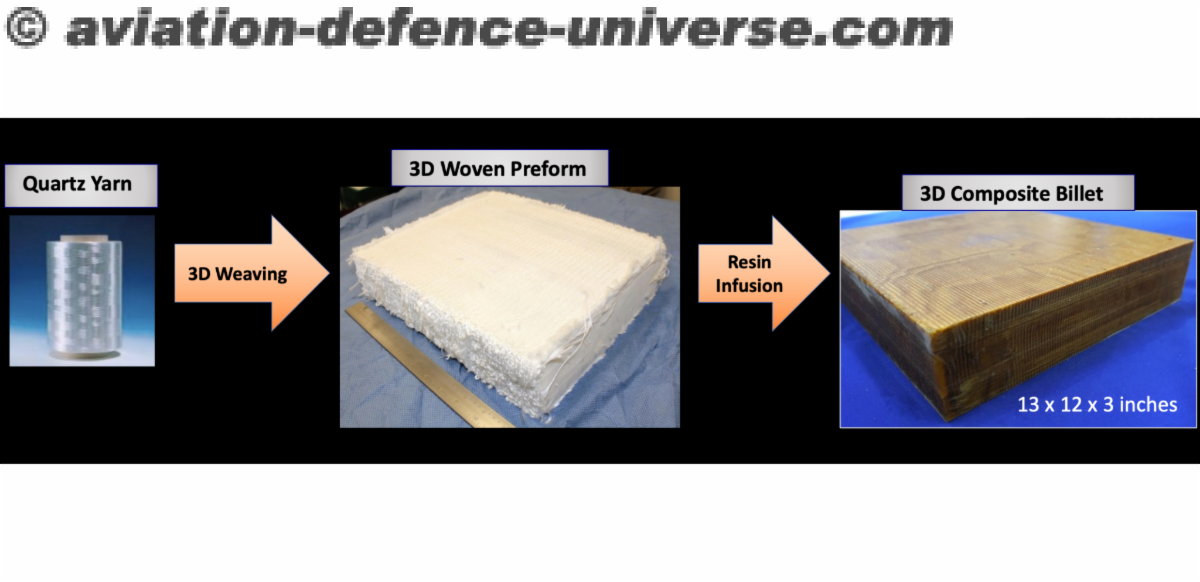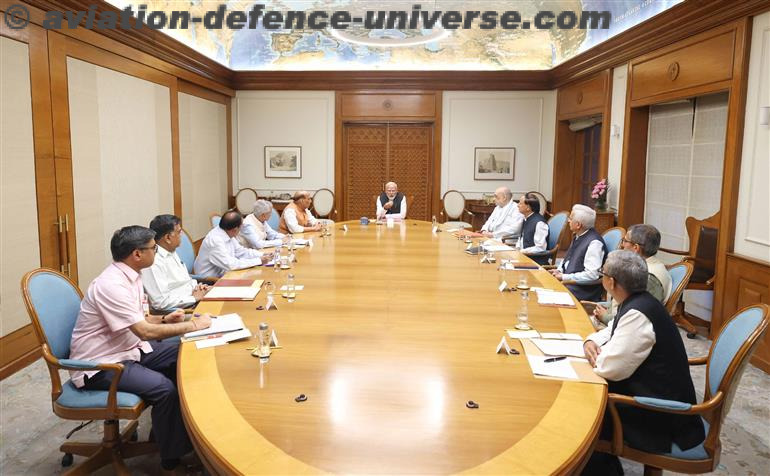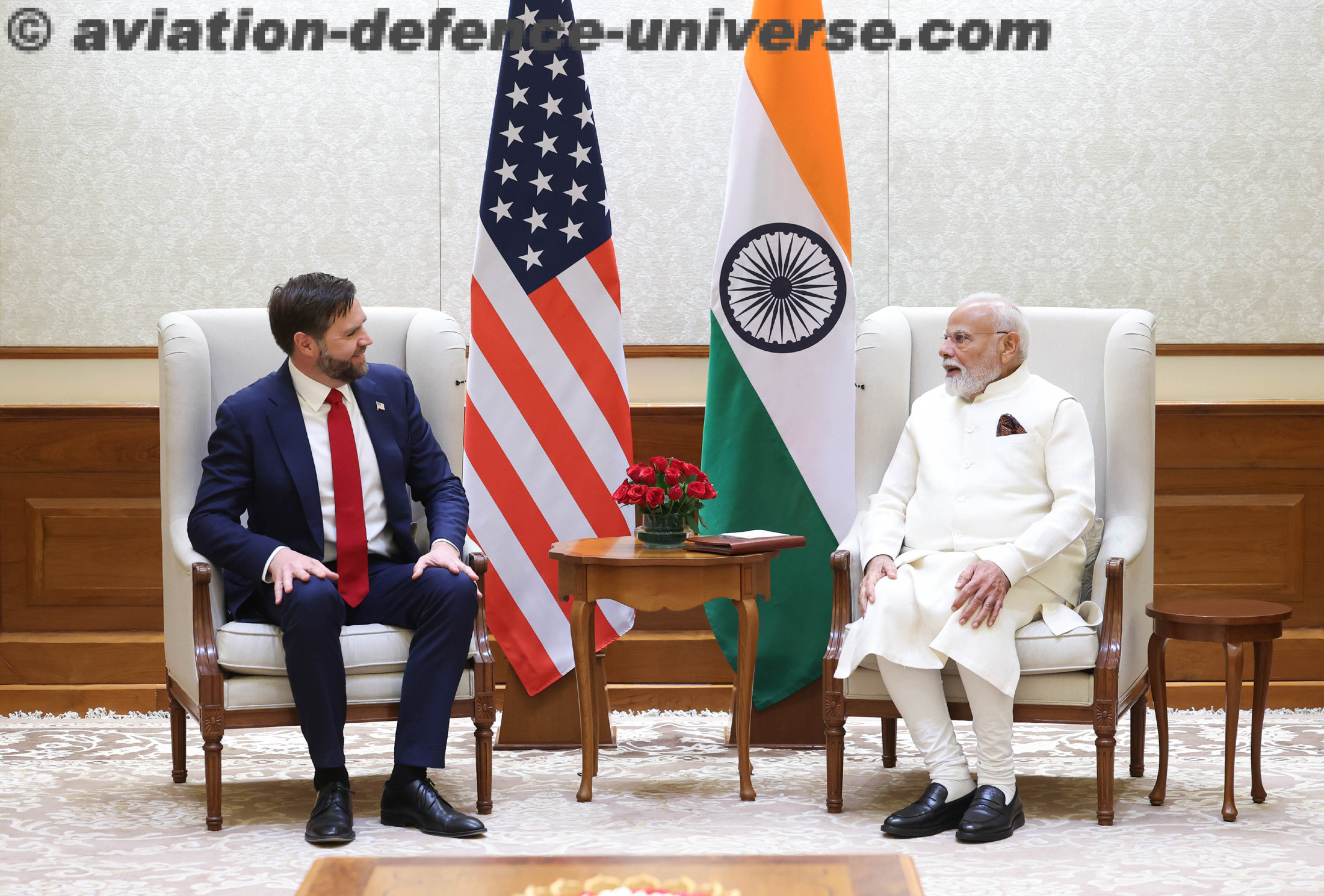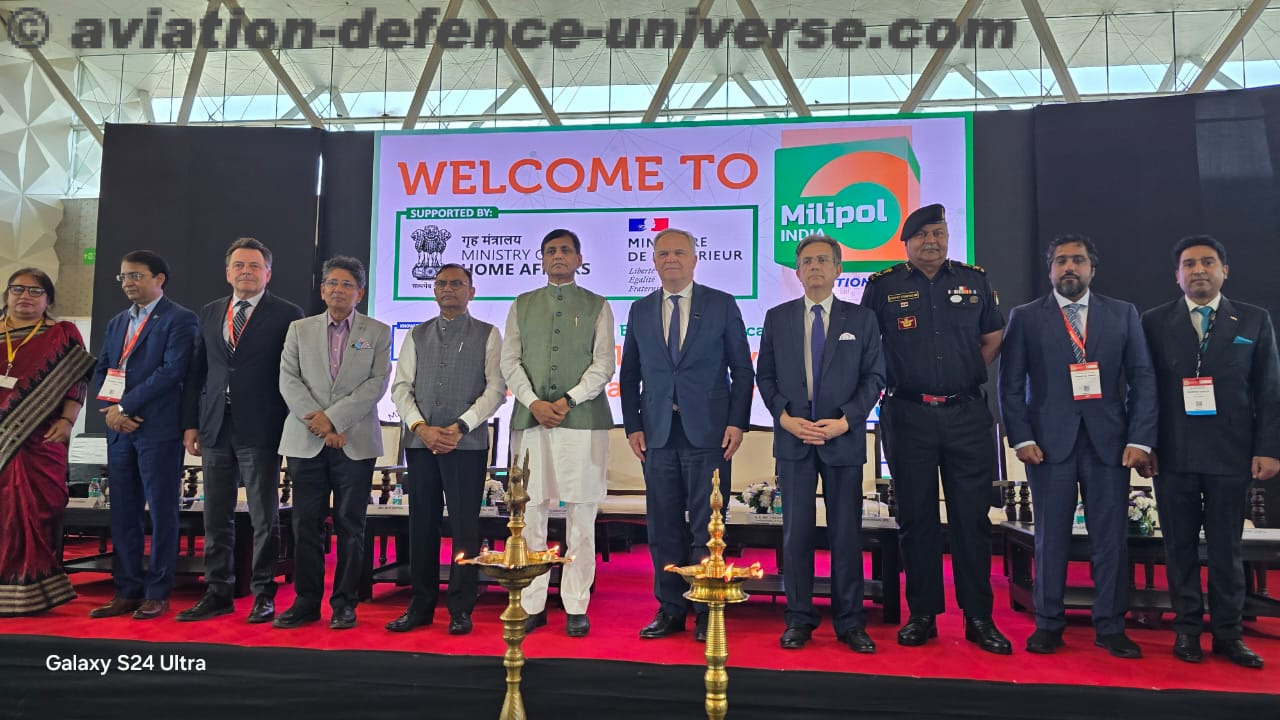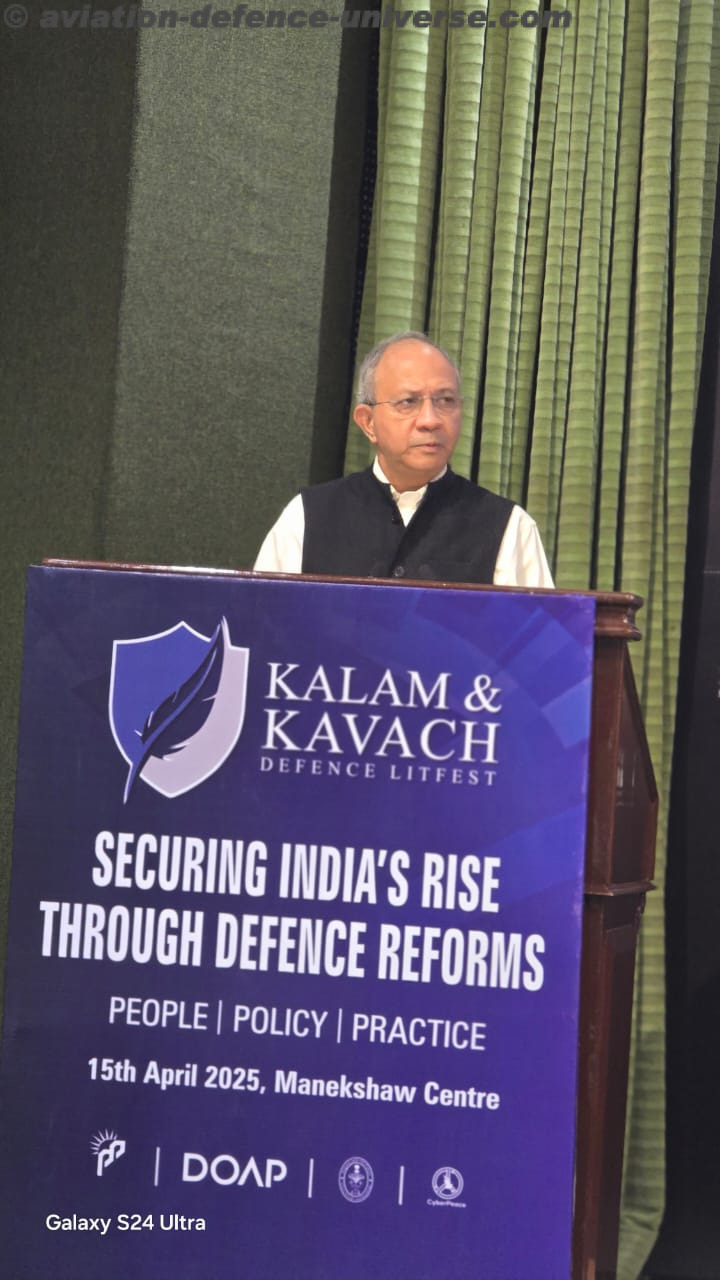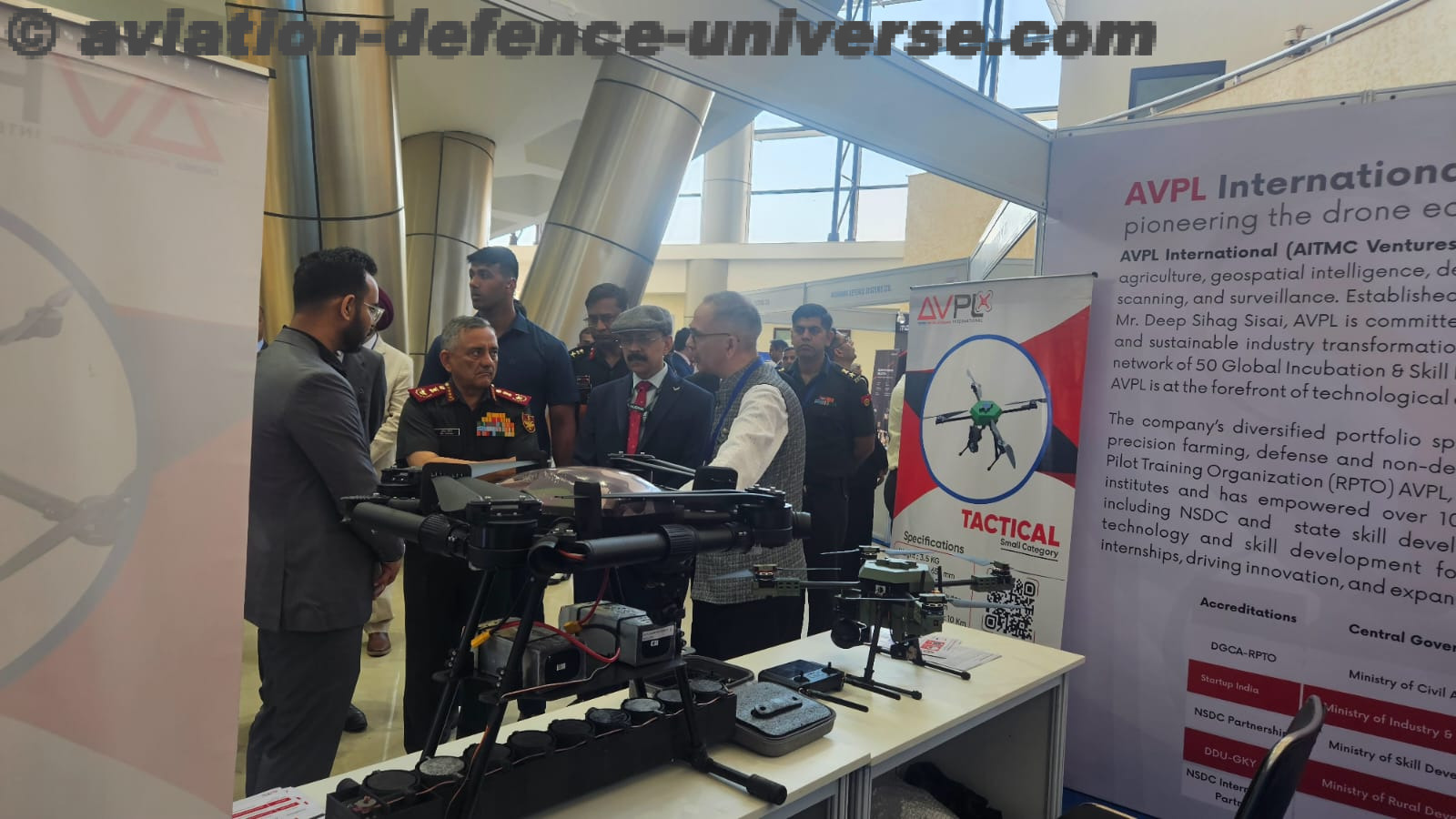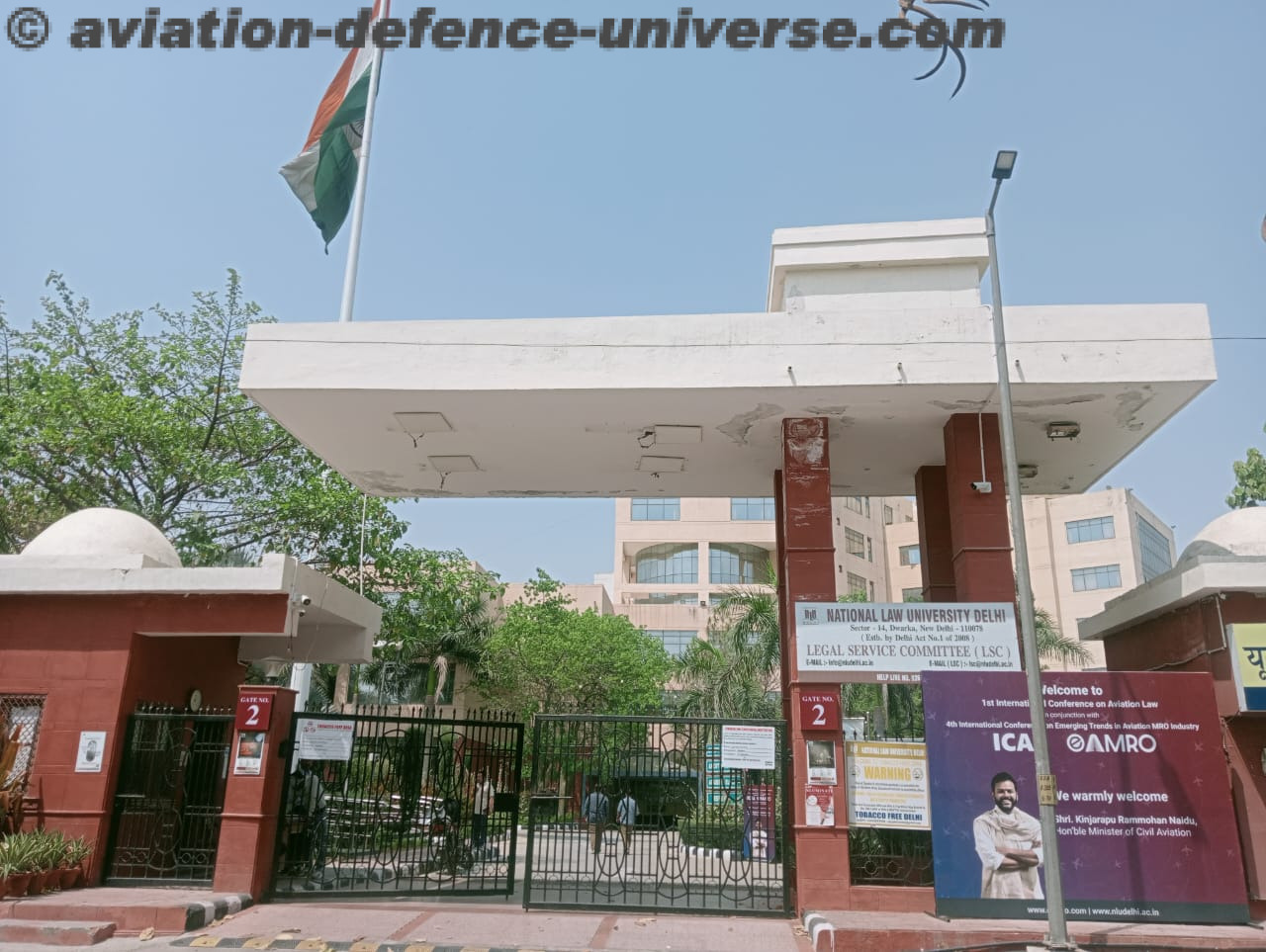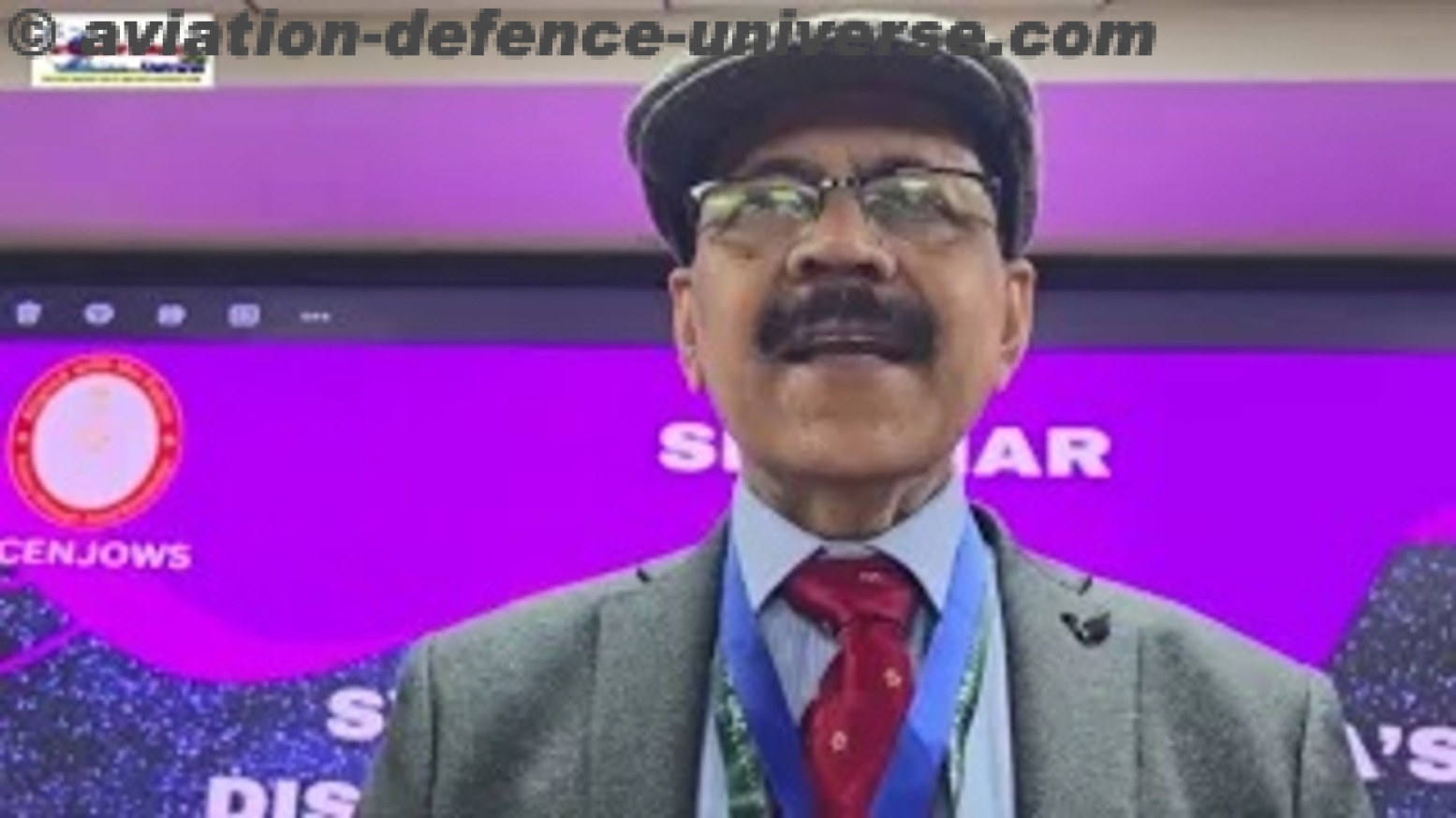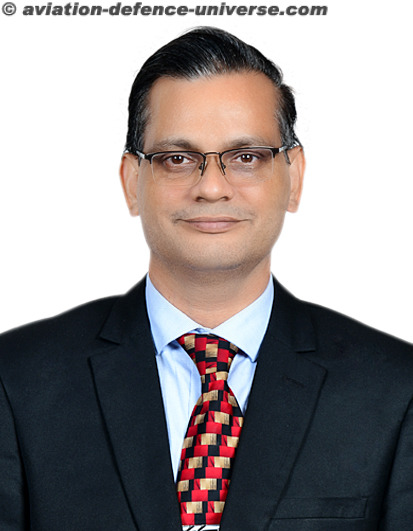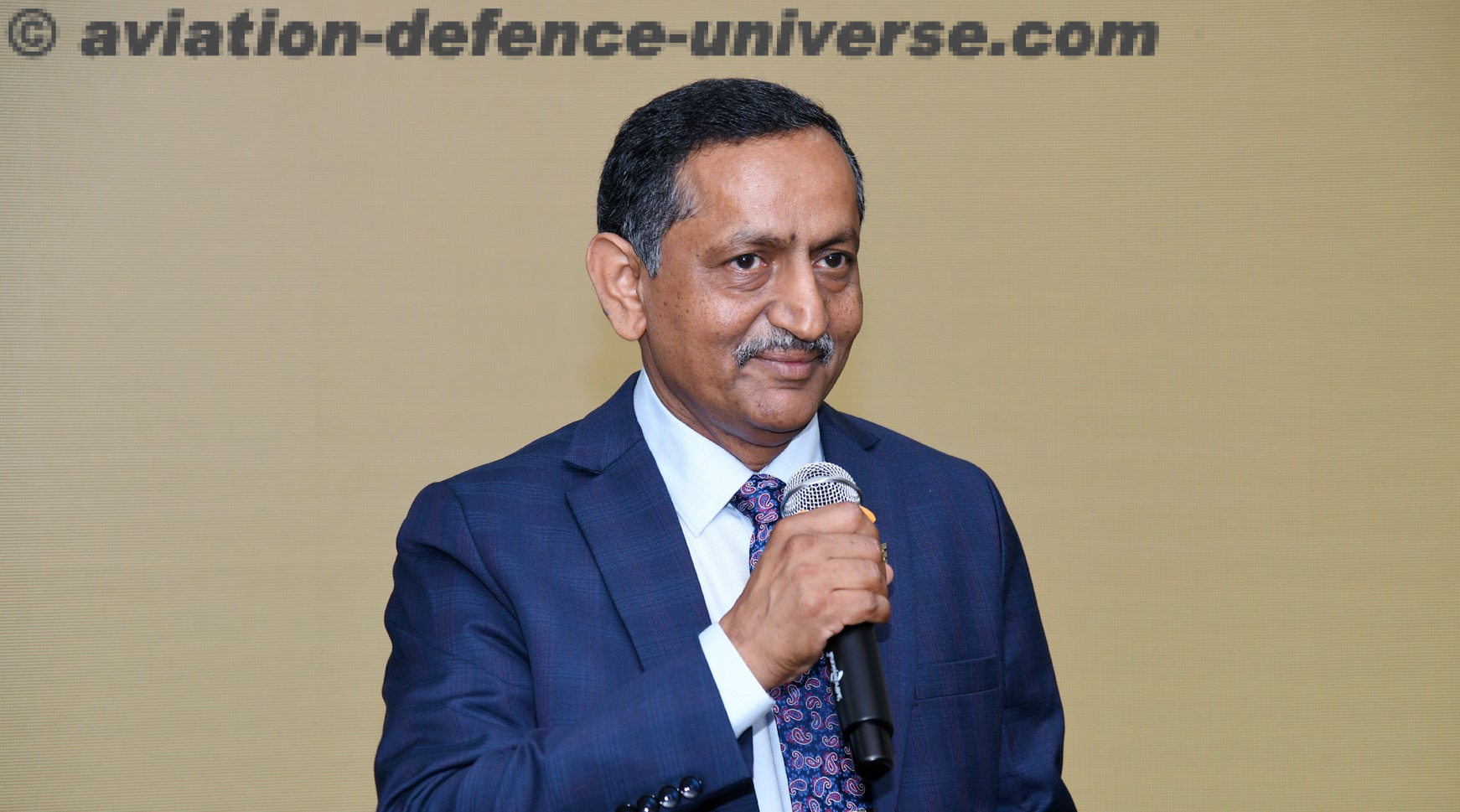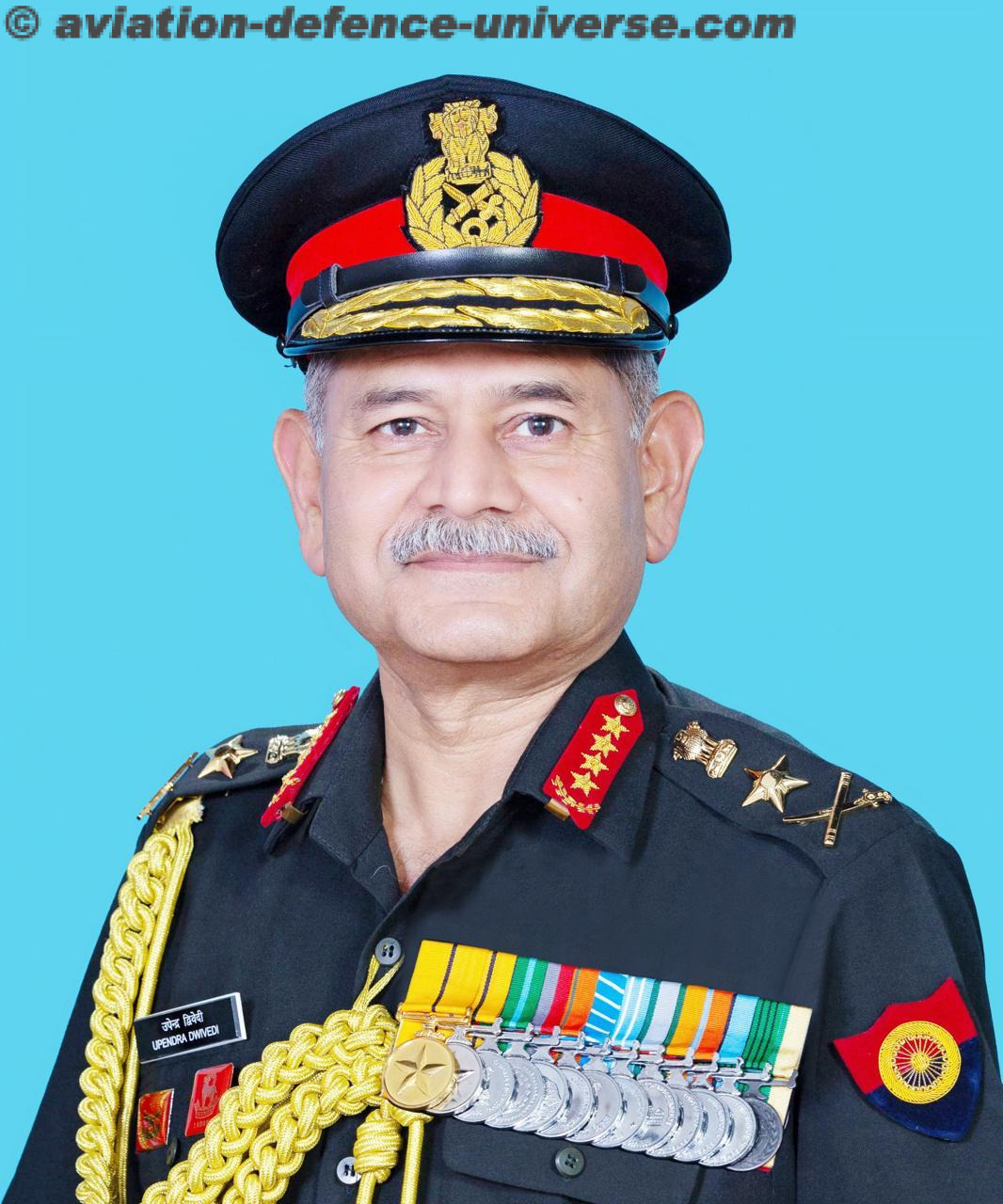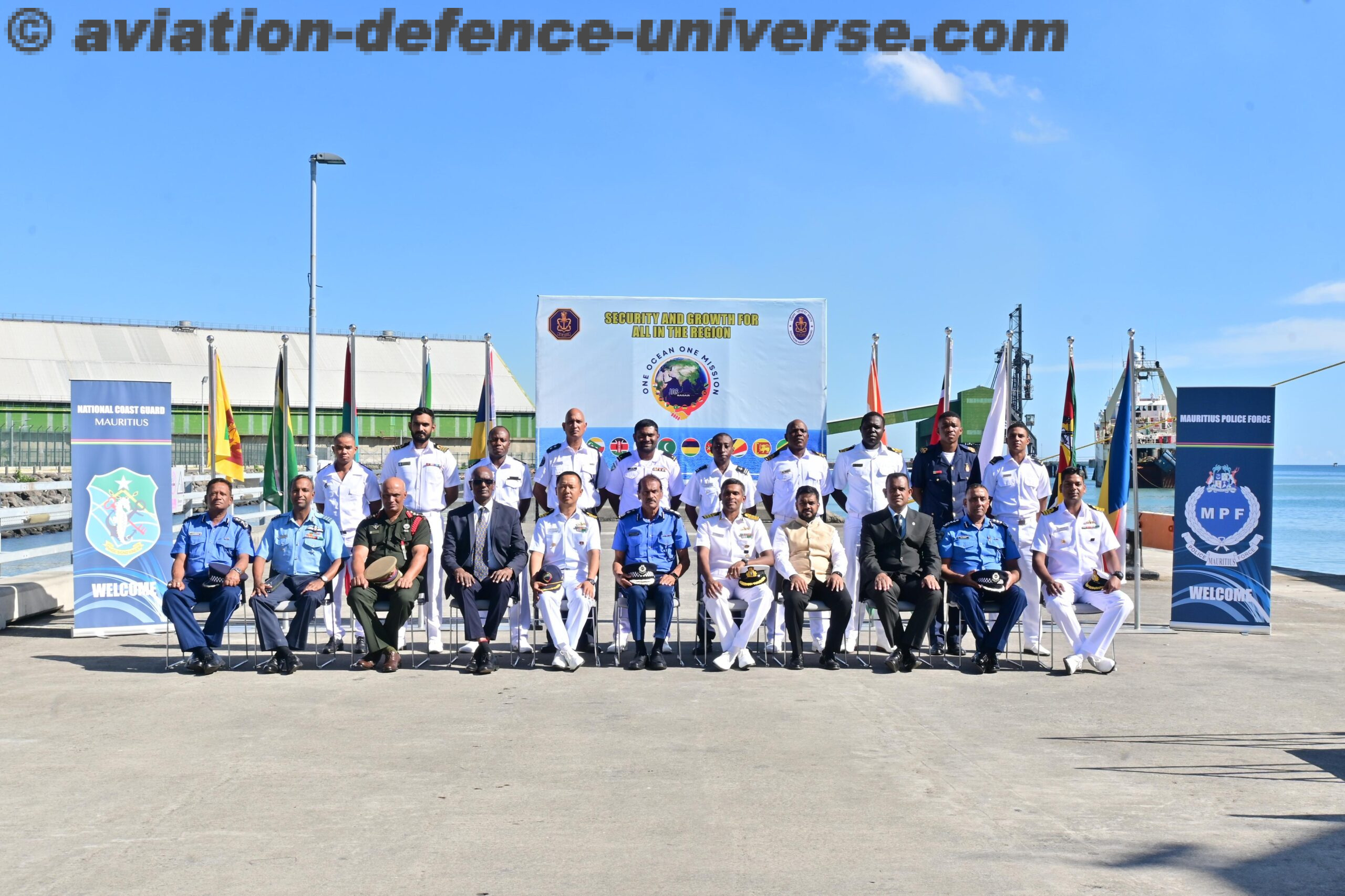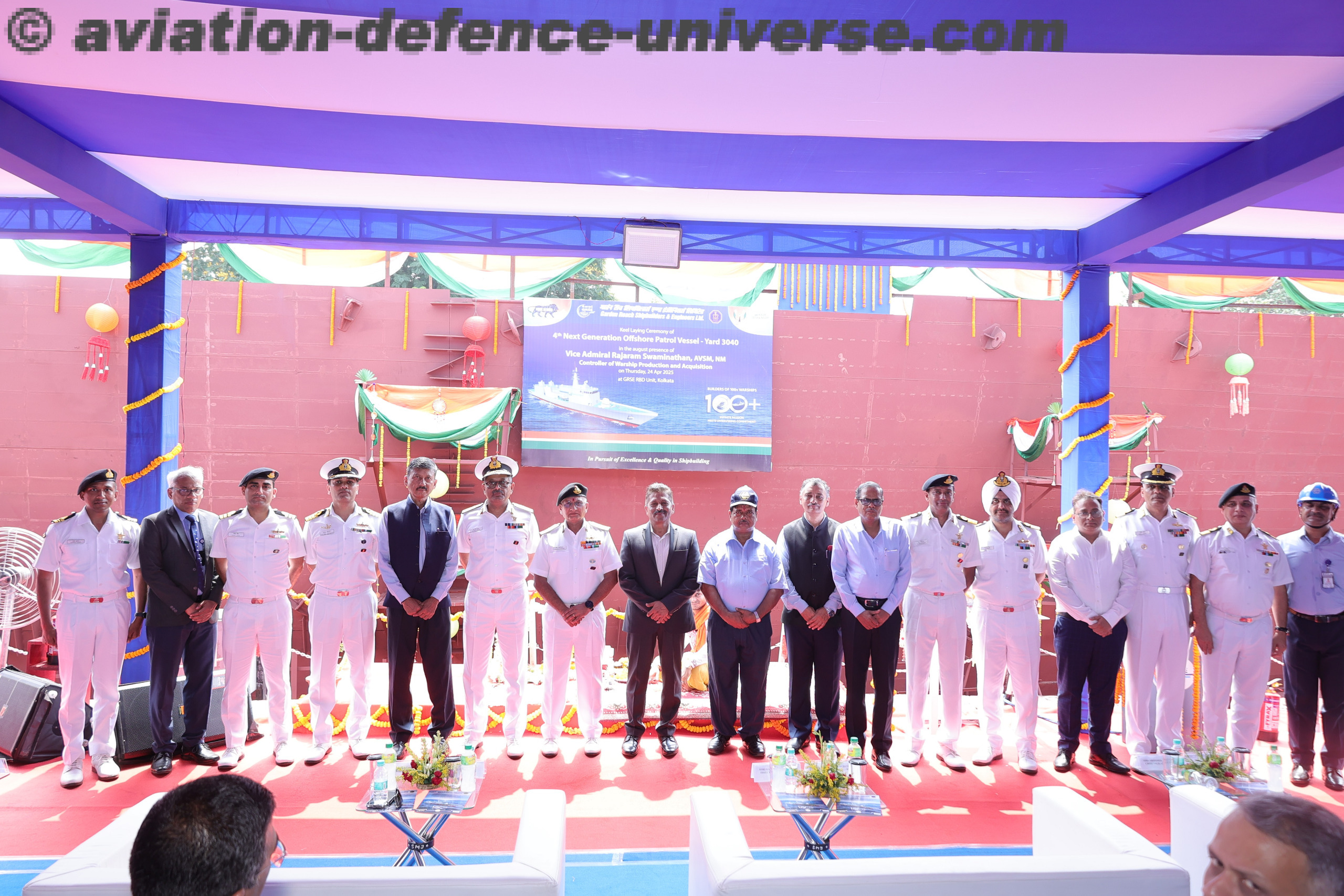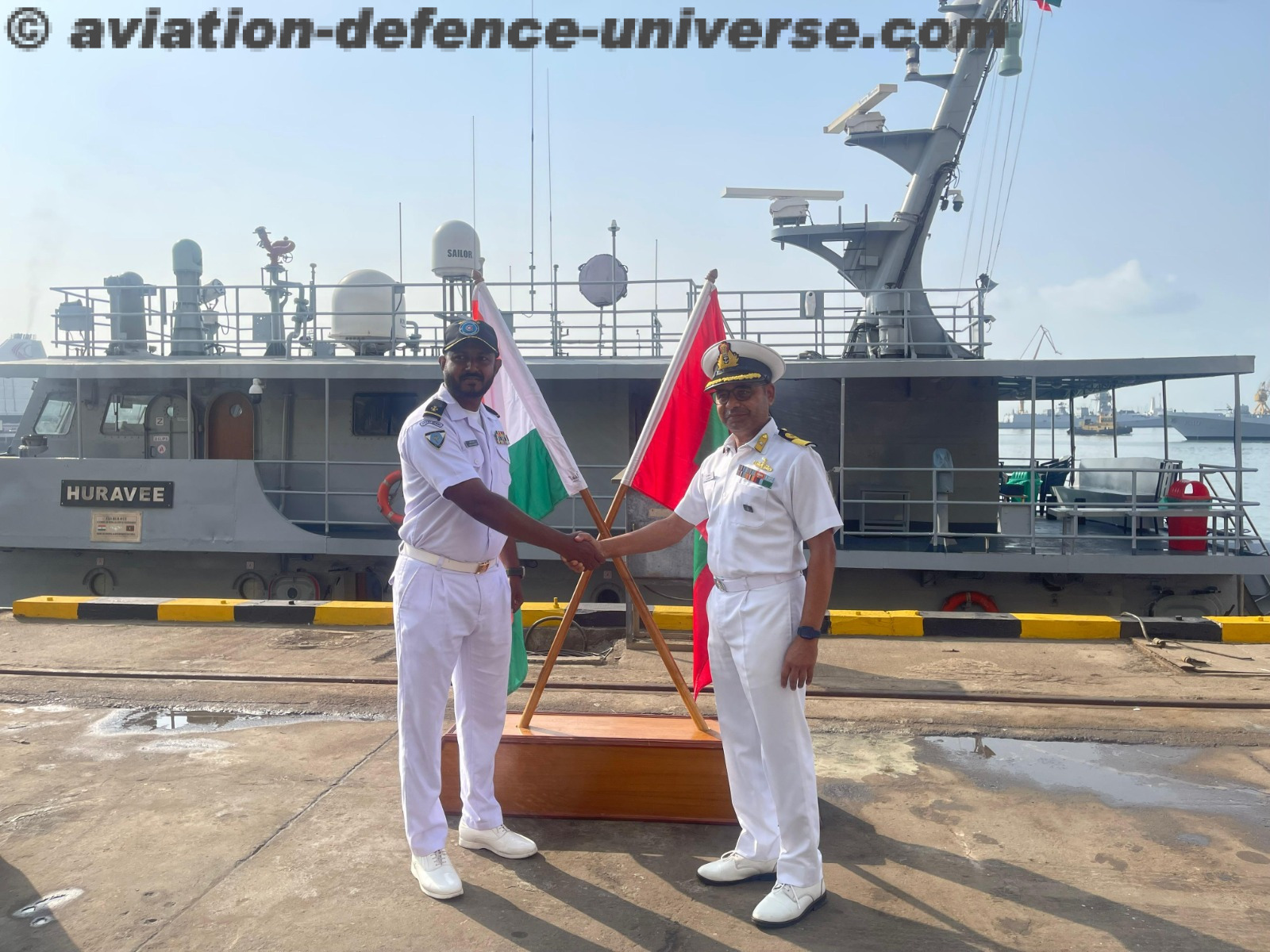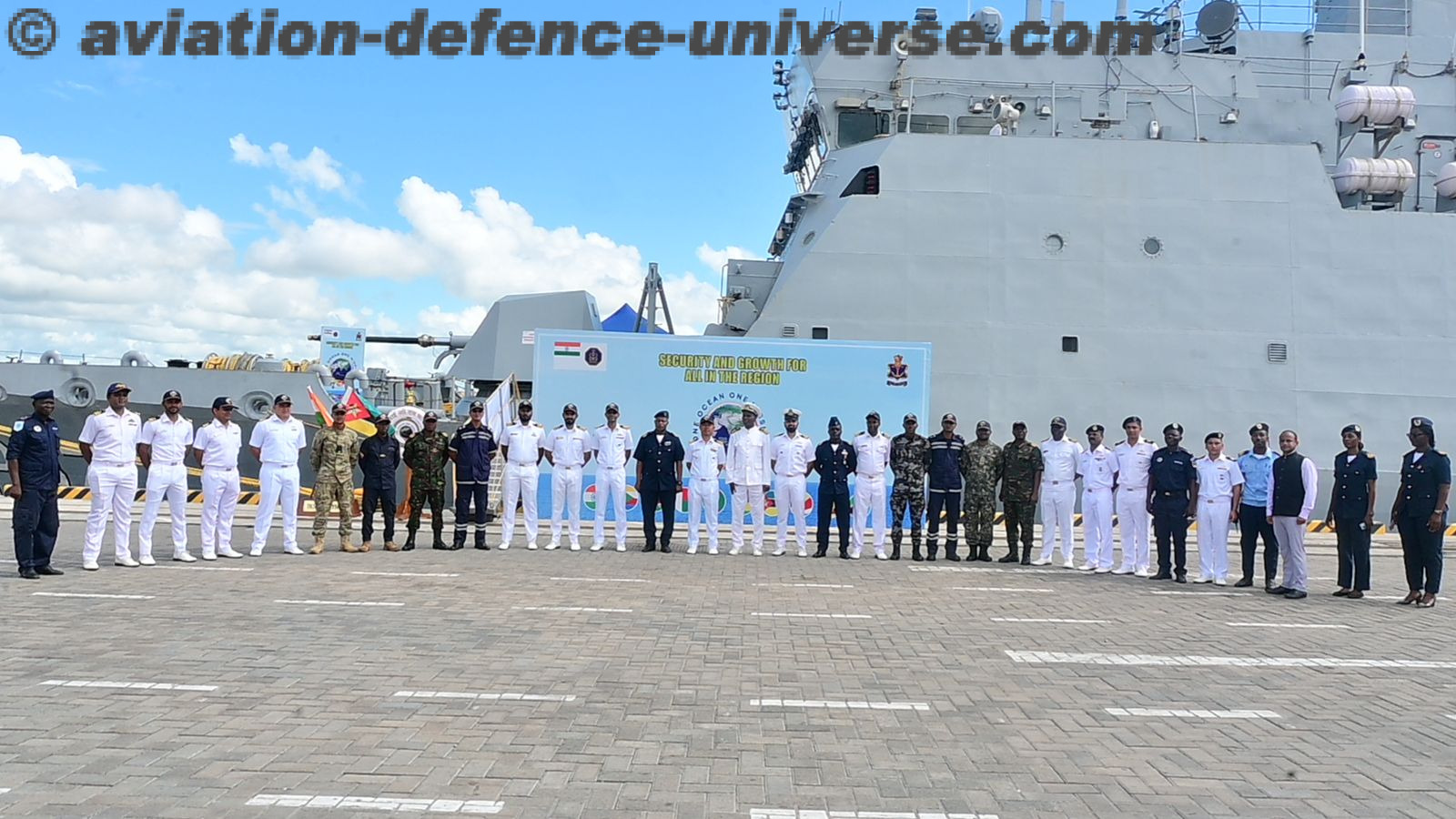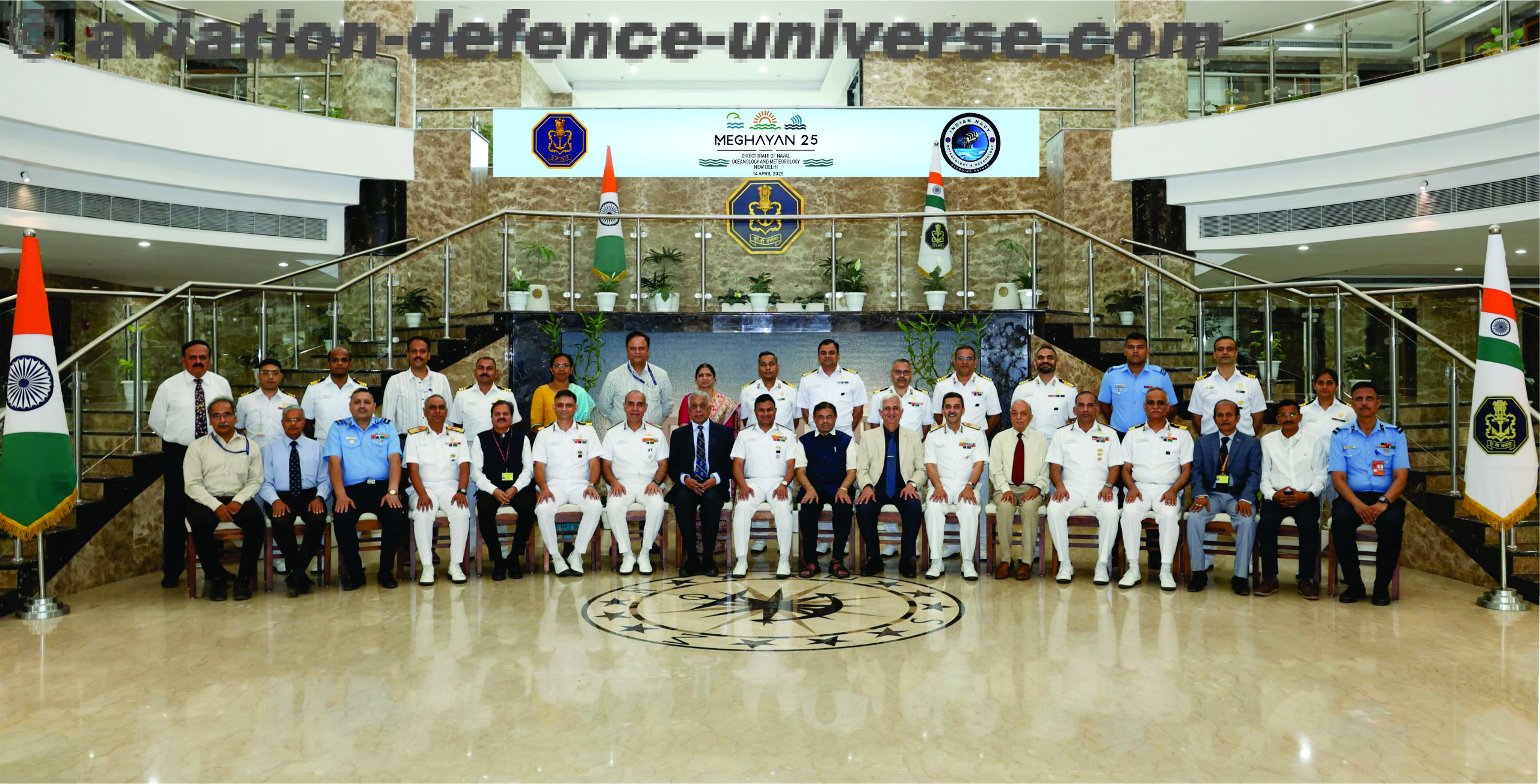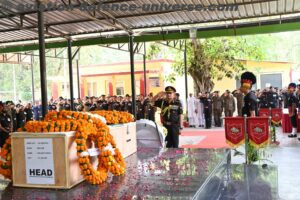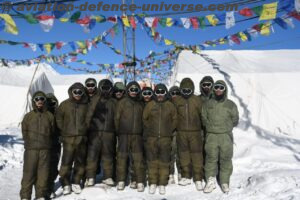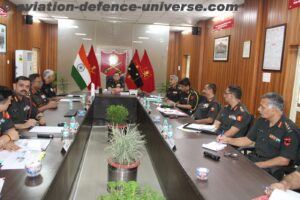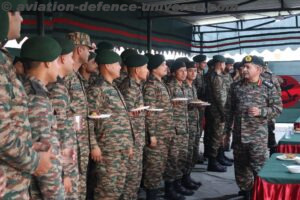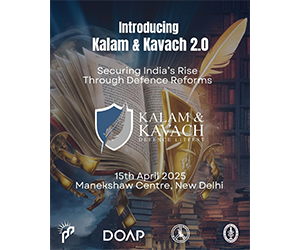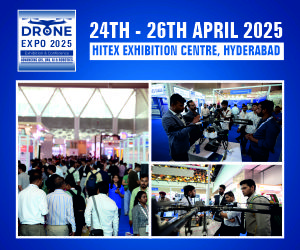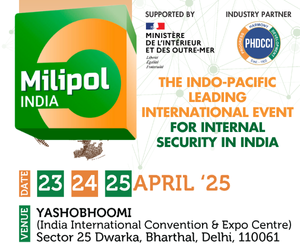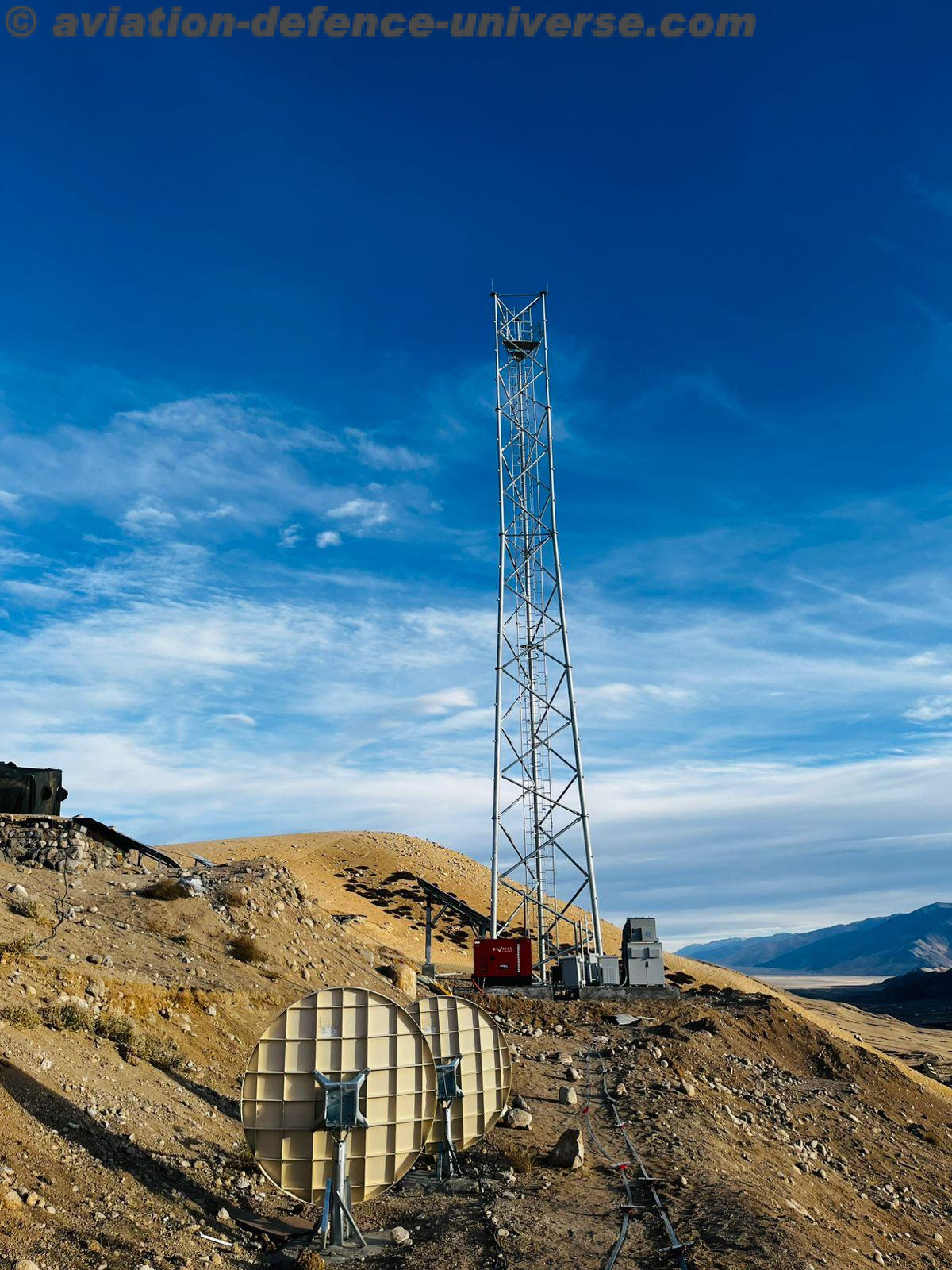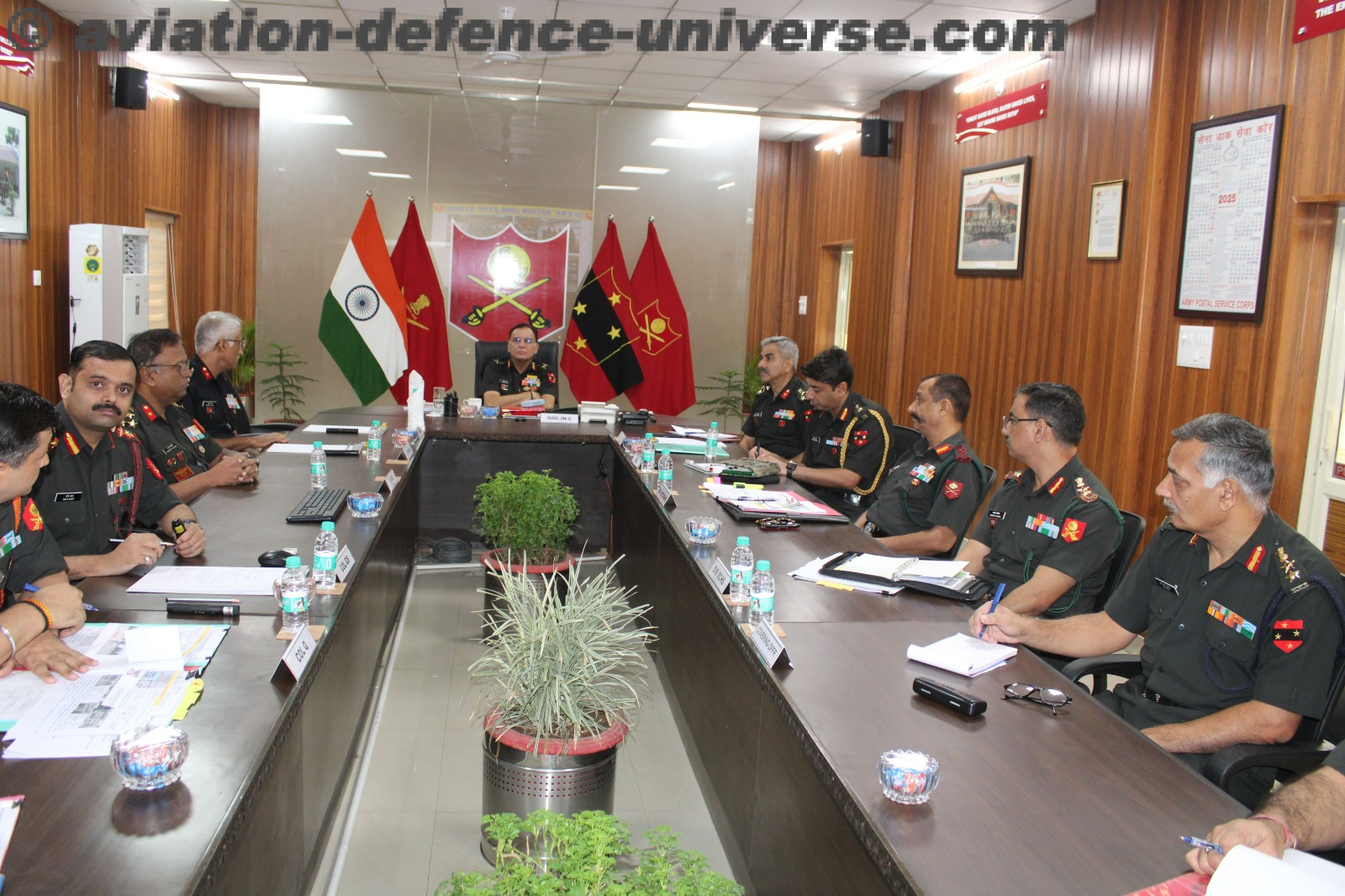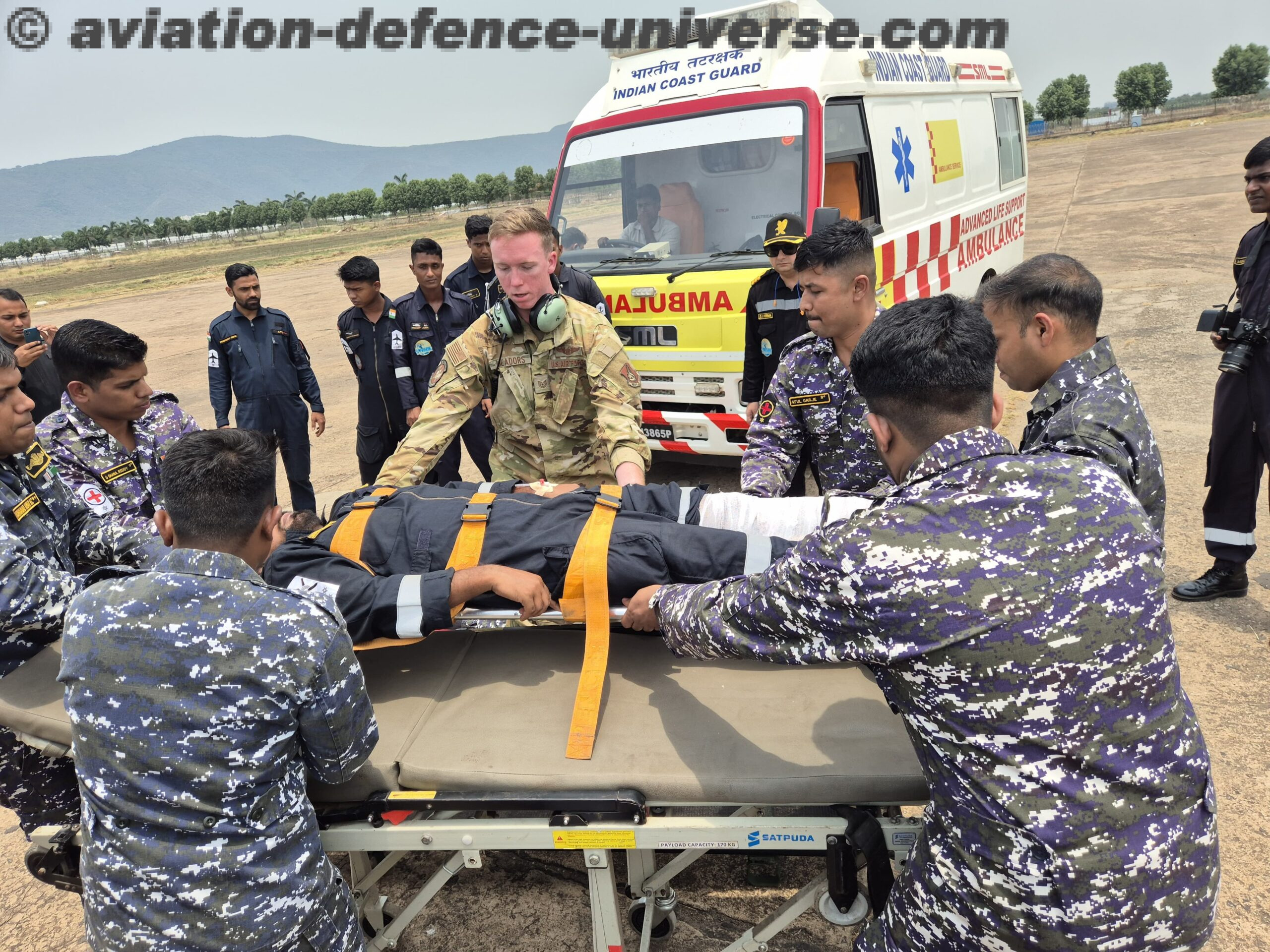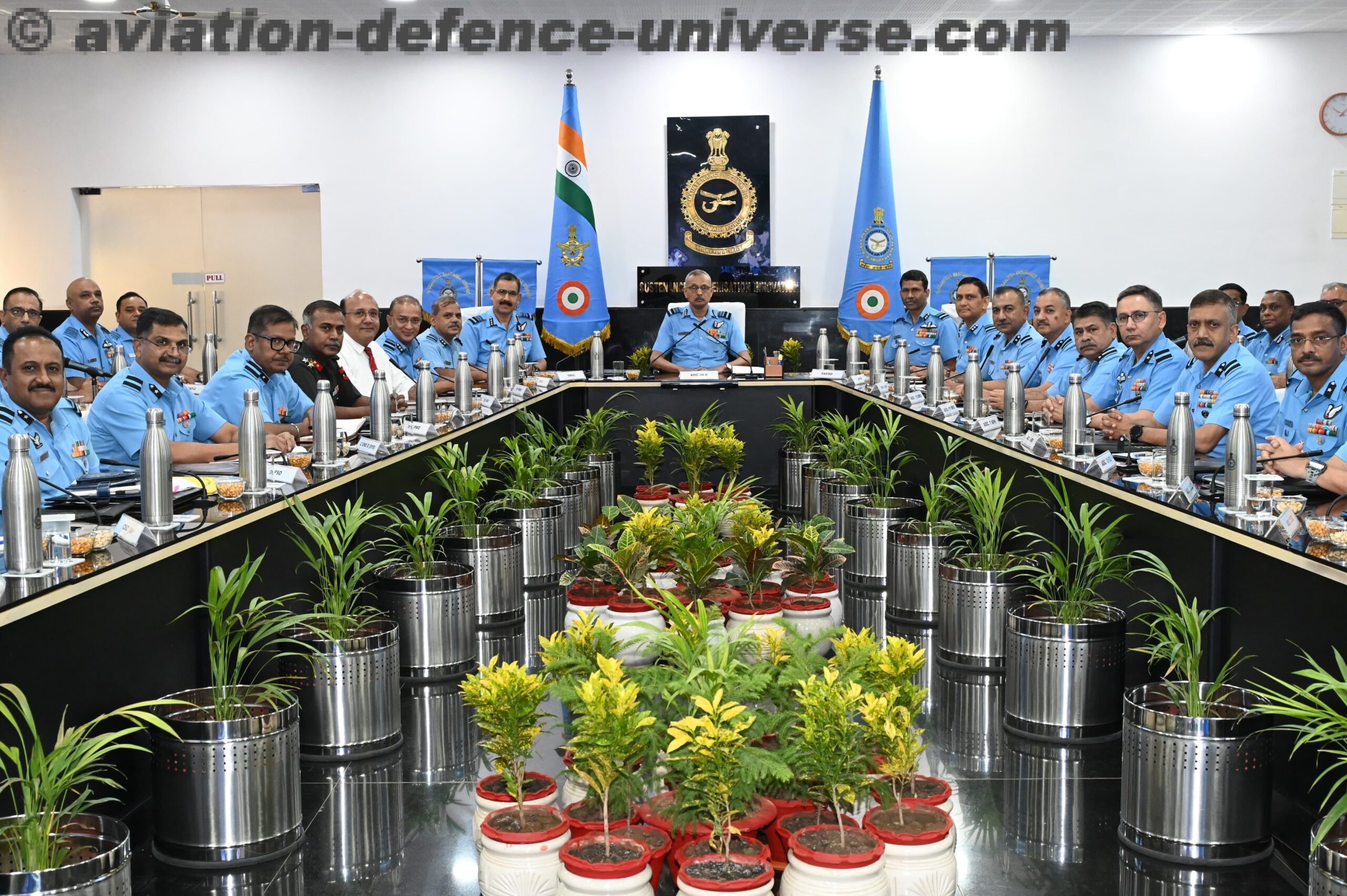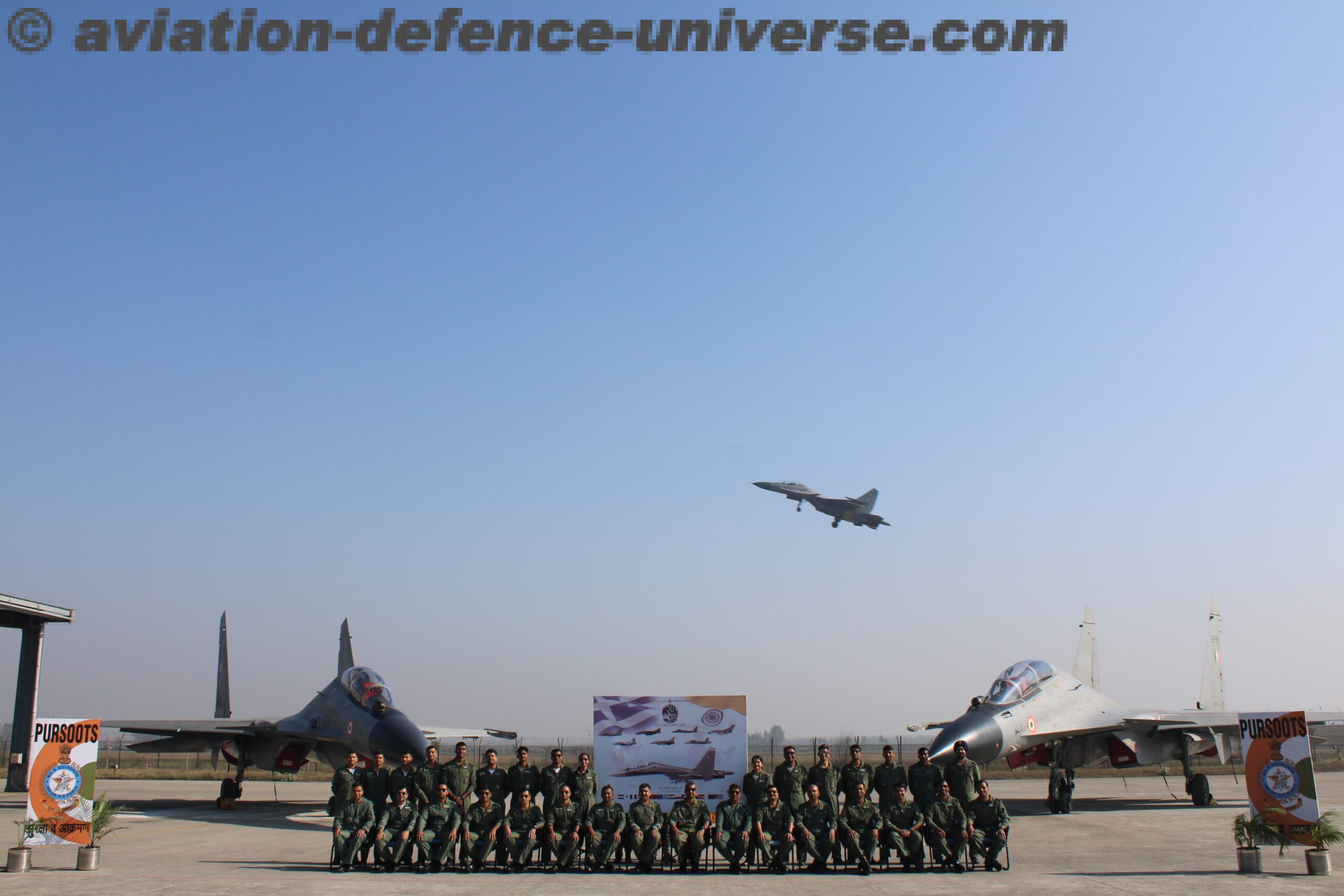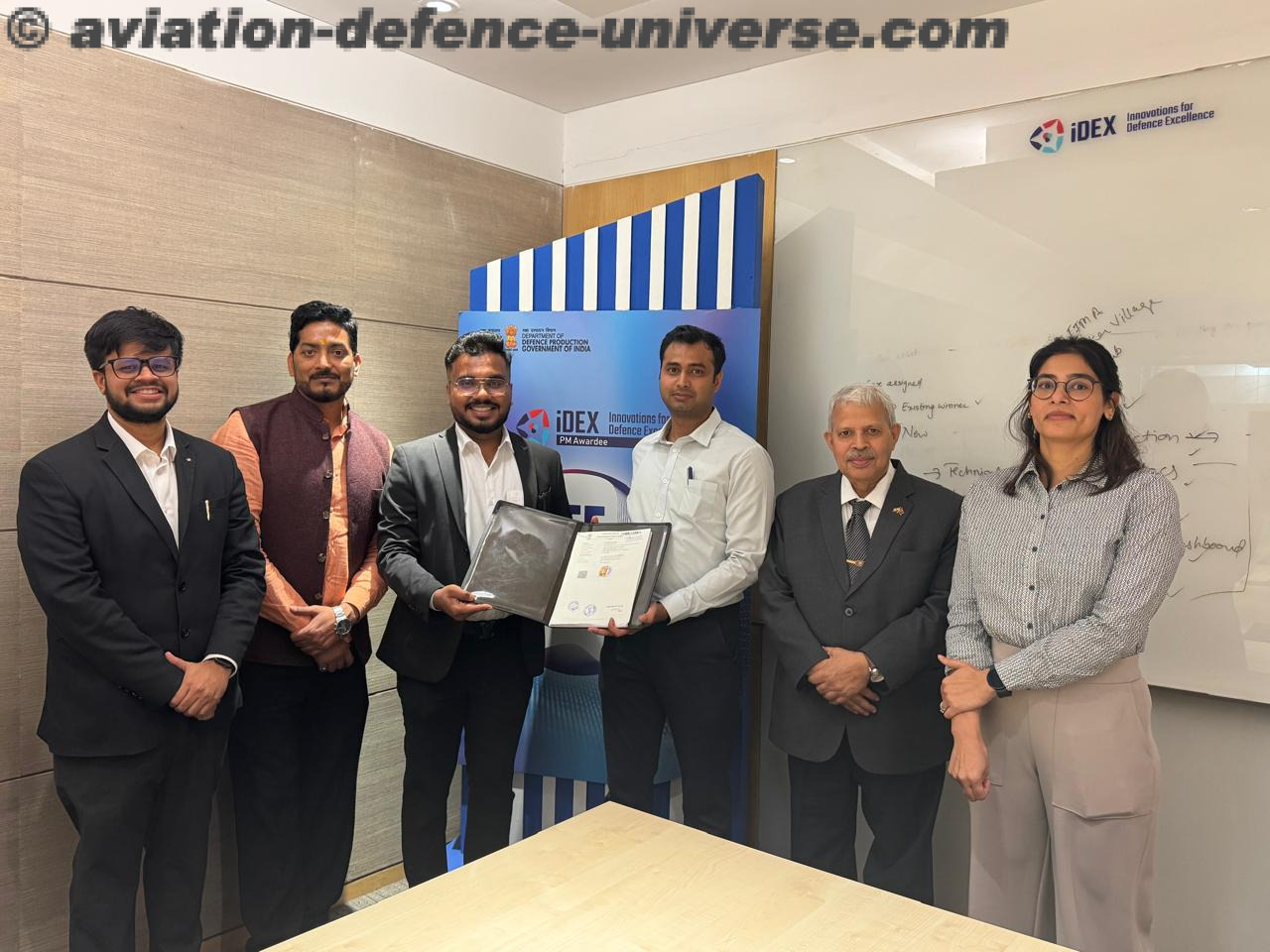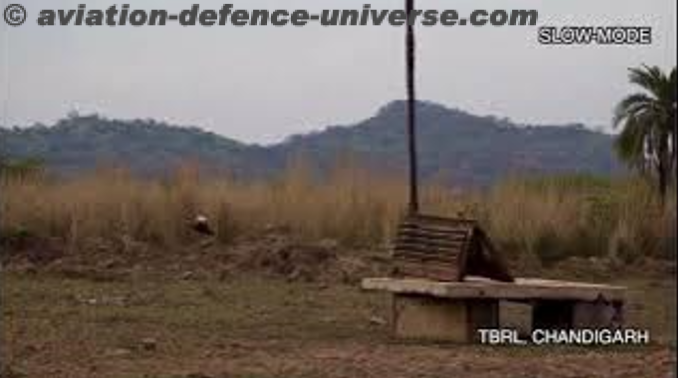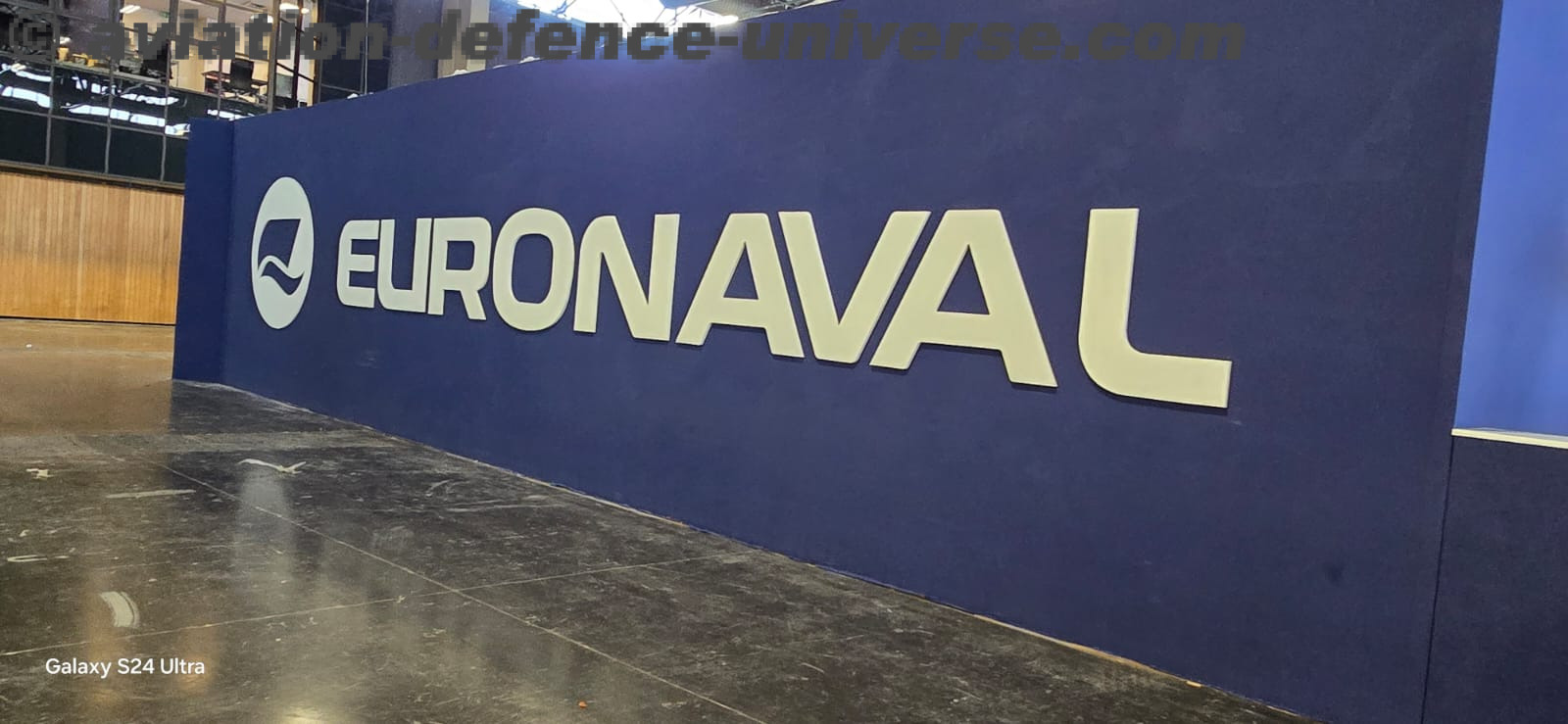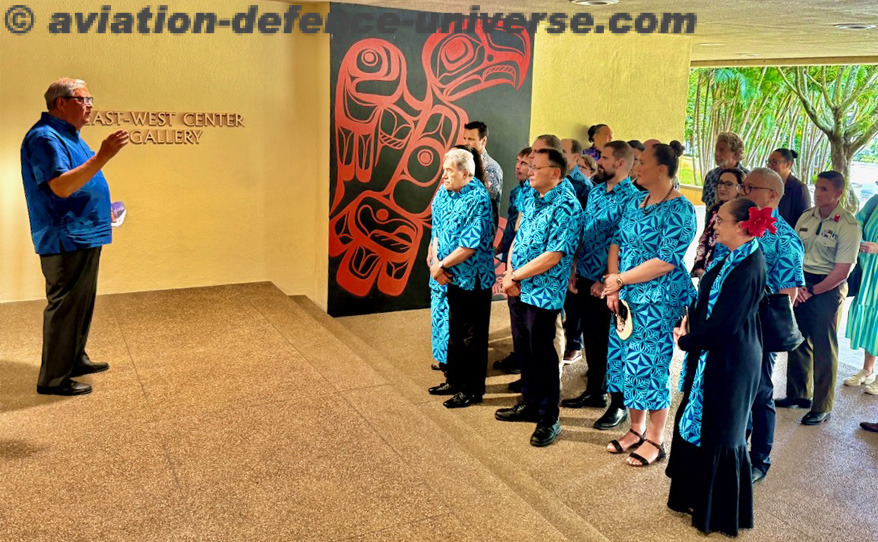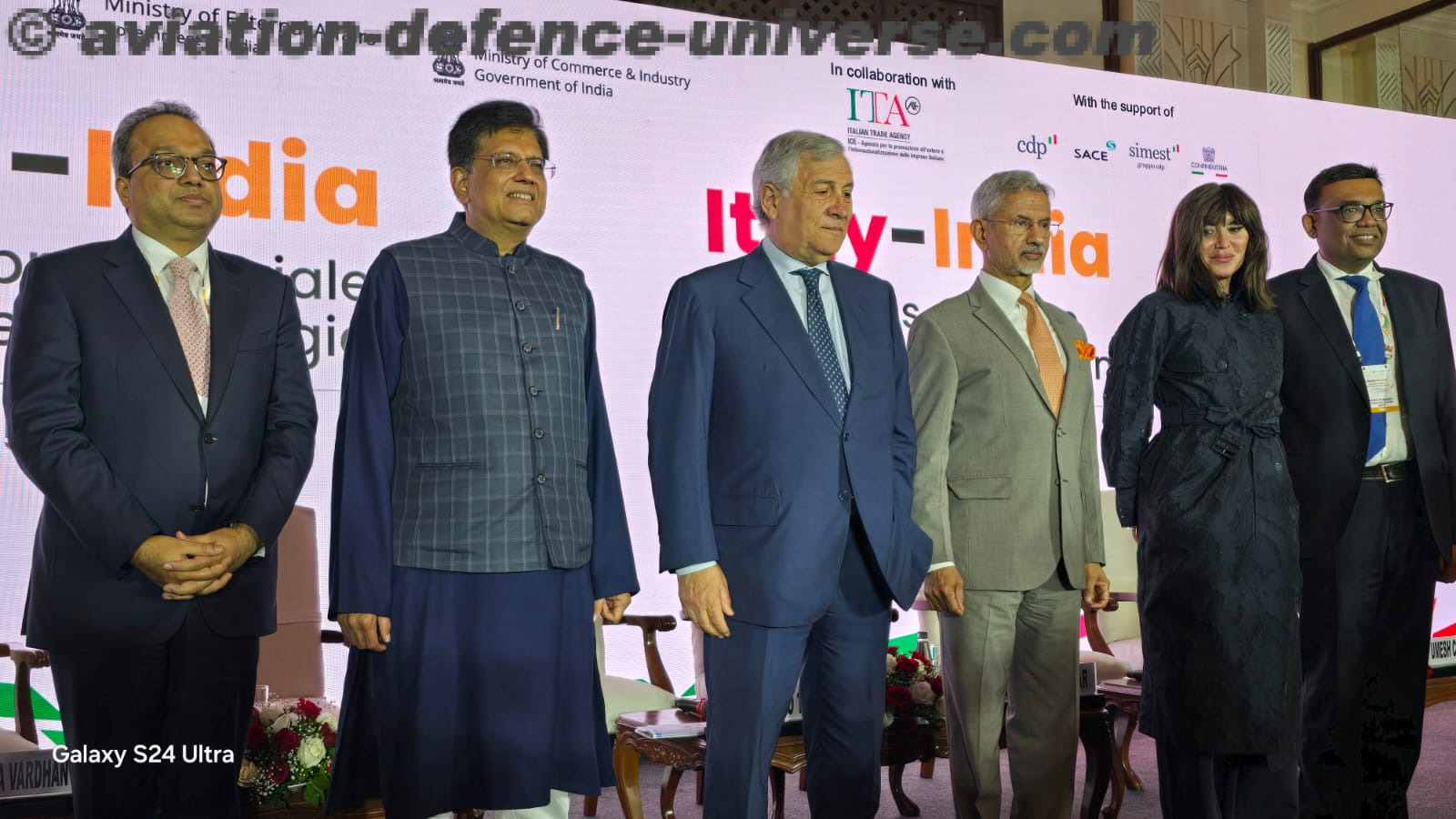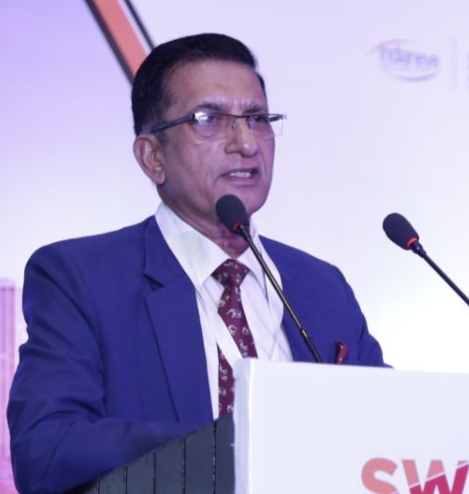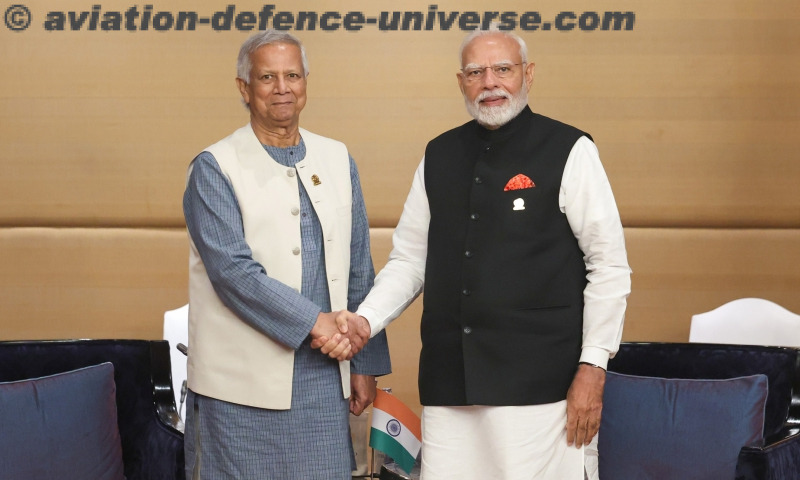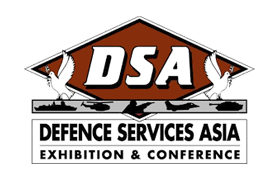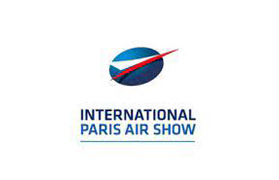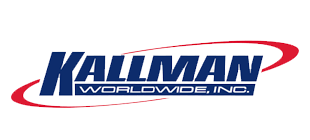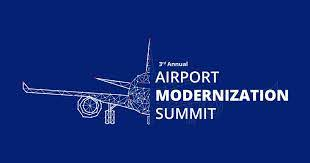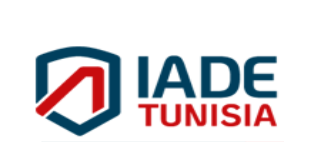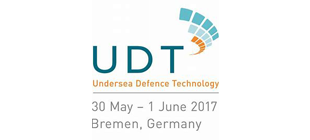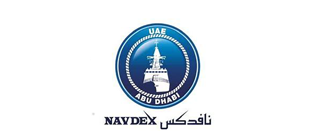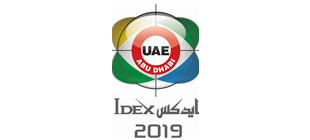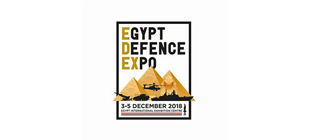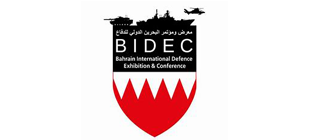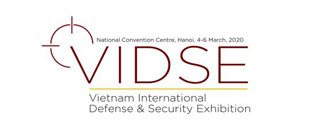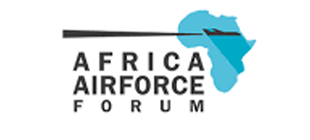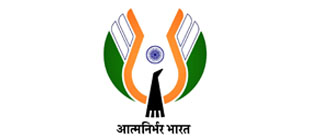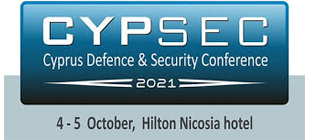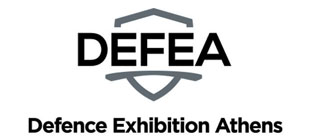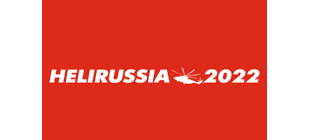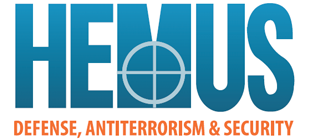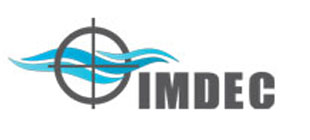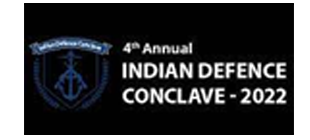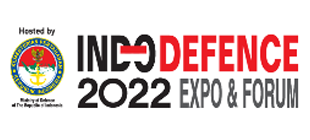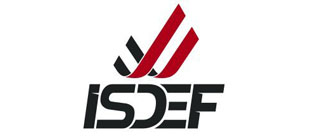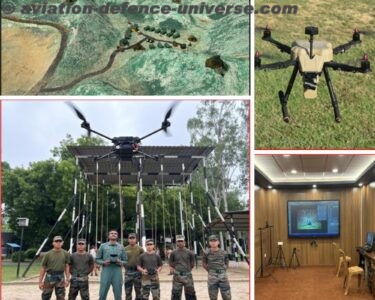 New Delhi. 07 April 2025. In a remarkable year of focused effort and synergy, 39 Gorkha Training Centre (39 GTC) and Varanasi Military station have set new benchmarks in sustainability and community welfare. Under the combined leadership of the Army Wives Welfare Association (AWWA) and the Residents Welfare Association (RWA), an array of eco-friendly innovations has reshaped Varanasi Cantonment into a cleaner, greener, and more dynamic environment. This milestone transformation aligns seamlessly with the broader mandates of Swachh Bharat Abhiyan and the Fit India Movement.
New Delhi. 07 April 2025. In a remarkable year of focused effort and synergy, 39 Gorkha Training Centre (39 GTC) and Varanasi Military station have set new benchmarks in sustainability and community welfare. Under the combined leadership of the Army Wives Welfare Association (AWWA) and the Residents Welfare Association (RWA), an array of eco-friendly innovations has reshaped Varanasi Cantonment into a cleaner, greener, and more dynamic environment. This milestone transformation aligns seamlessly with the broader mandates of Swachh Bharat Abhiyan and the Fit India Movement.
Ban on Single-Use Plastics and ‘Thaila Ghars’
Early last year, the AWWA banned single-use plastic and polythene. ‘Thaila Ghars’ have been introduced to provide cloth bags made from donated fabric at station gates and shops, thereby reducing reliance on plastics. In tandem, ‘Boxes of Kindness’ collect clothing and toys for underprivileged recipients, with unusable garments repurposed into additional cloth bags for widespread use.
Waste Management at the Source
To strengthen good waste-management practices, a robust Information, Education, and Communication (IEC) campaign has cemented segregation at the household level. Blue, Green, and Red bins are allocated for wet, dry, and bio- hazardous waste respectively. Battery-operated collection vehicles begin their rounds at dawn, broadcasting Swachh Bharat messages and minimising dependence on roadside bins. This approach ensures safer disposal and better protection for sanitation workers.
Incentivising Responsible Disposal
A distinctive scheme of Waste Credit Points has allowed residents to deposit wrappers and plastics at a specialised ‘Plastic Kachra Bank’, offsetting the manufacturing costs of various products. Furthermore, a Memorandum of Understanding with SHYNA ECO UNIFIED enables discarded wrappers to be
purchased at INR 5 per kilogram, with instant UPI payments that encourage digital transactions.
Conservation Projects and Zero-Waste Initiatives Integrated conservation efforts have yielded remarkable outcomes. Interlocking PET tiles, made from waste plastic, provide durable, anti-skid walkways. Eco-bricks plastic bottles stuffed with polythene are used to build benches, sculptures, and seating areas, showcasing a functional circular economy. Meanwhile, bio-toilets constructed from recycled plastic sheets feature bio-
digesters that convert waste into usable water.
Creation of a ‘Green Auditorium’
Addressing a longstanding need for a communal venue, 39 GTC revitalised older barracks to create a fully air-conditioned, solar-powered auditorium overlooking “Phewa Taal.” Equipped with a 55 KW rooftop solar project (including 30 kW off-grid), the facility reduces electricity costs and offers a comfortable setting for film screenings, lectures, and gatherings, free from humidity and intrusive noise.
Harnessing Solar Energy and Battery-Operated Fleet
Rooftops and vacant areas within the cantonment have been surveyed for optimal solar-panel placements. A broad fleet of zero-emission vehicles now includes garbage-collection e-vehicles, mini fire tenders, pump platforms, garden- squad vans, e-bakery vans, e-carts, e-ambulances, e-scooters, and e-cycles, significantly lowering the cantonment’s carbon footprint. This integrated effort recognises Varanasi’s critical pollution levels, as flagged by the CPCB and WHO.
Modern, Eco-Friendly Facilities
Renovation of 38 toilet-washroom complexes follows green-building principles, focusing on ventilation, water conservation, and hygiene. Food packaging waste, Tetra Packs, and wrappers are processed into fire-retardant ‘plast ply’ sheets used for sentry posts and launderette roofs. A 1000 L/h Reverse Osmosis plant in family lines eliminates the need for individual units, and the ‘Green Laundrette’ demonstrates how to recycle RO discharge water efficiently. A refreshed JCO/OR Transit Facility provides modern, morale-boosting amenities for personnel. Holistic Water and Waste Solutions
Filtration tanks with iron grids and twin-chambers of charcoal and sand remove debris from incoming sewage, while Gambusia fish control mosquito larvae. Flow from the railway STP powers turbines that generate hydroelectricity for a natural walkway. Updated cookhouses, strengthened by weigh-and-account
procedures, reduce wastage and employ bio-methanation to convert kitchen refuse into LPG. Used cooking oil, collected under a separate MoU, is repurposed for other utility products.
Enhancing Comfort and Hygiene
A solar-hybrid bathing system ensures hot showers for trainees during severe winters, thus preventing skin ailments. Overhead covers allow effective drying of clothes in damp conditions, and a modern laundrette, steaming garments in boiling water, helps minimise contagions. Measures such as centralised air-
cooling, roof painting for heat reflection, magnetic mosquito curtains, and insulated water tanks keep living spaces comfortable, safe, and disease-free.
Community and Residential Upgrades
Community kitchen gardens, set up on vacant land patches, boost camaraderie and cut down on water misuse. Car parking and security are enhanced through chain-link fencing and orderly parking sheds. ‘Boxes of Kindness’ encourage donations of clothes, toys, and small appliances; and a revamped Sainik Suvidha Parisar ensures a secure environment for daily shopping and recreation, drawing residents away from chaotic local markets.
Pioneering Training Infrastructure
A Bailey bridge now grants easy access to the Shingo Training Area, consolidating training grounds into a 300-acre space. Meanwhile, drone development, 3D printing, and a ‘Bahadur’ drone prototype have established 39 GTC as a hub for aerial innovation. Digital studios, LED screens, and logistics or counter-insurgency training centres improve the quality and reach of instruction. Walk-through sand models (WTSM) simulate desert and mountain warfare, while rubber INSAS rifles, Khukri fighting drills, and other culturally relevant methods sharpen skills. Extensive IT training has led to practical software solutions benefiting ECHS, URC, and various land-management functions.
A Model for Future Sustainability
By fusing societal well-being with responsible environmental practices, 39 GTC, AWWA, and RWA have created a blueprint for progressive transformation. Sporting events, community engagement, and ongoing
competitions reinforce the spirits of Swachh Bharat Abhiyan and the Fit India Movement. As a testament to the power of collective will and innovation, Varanasi Station now stands as an exemplary model for sustainable growth.


